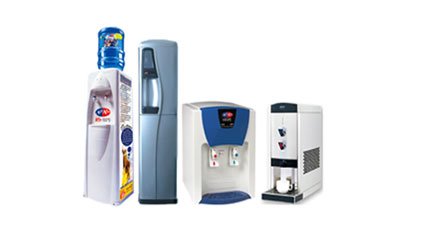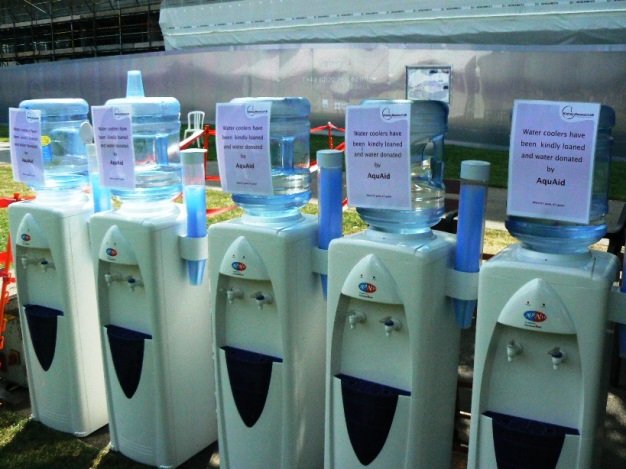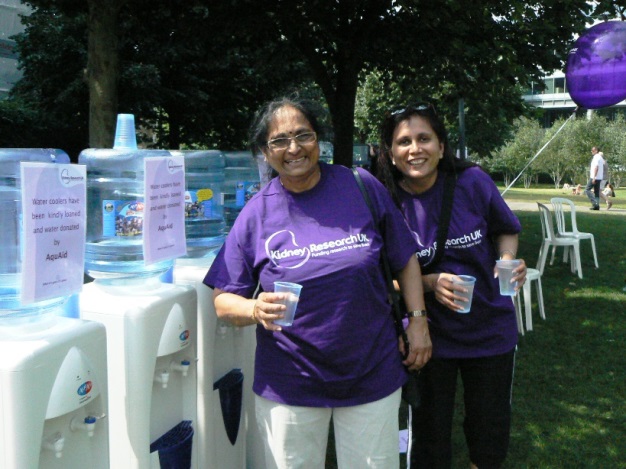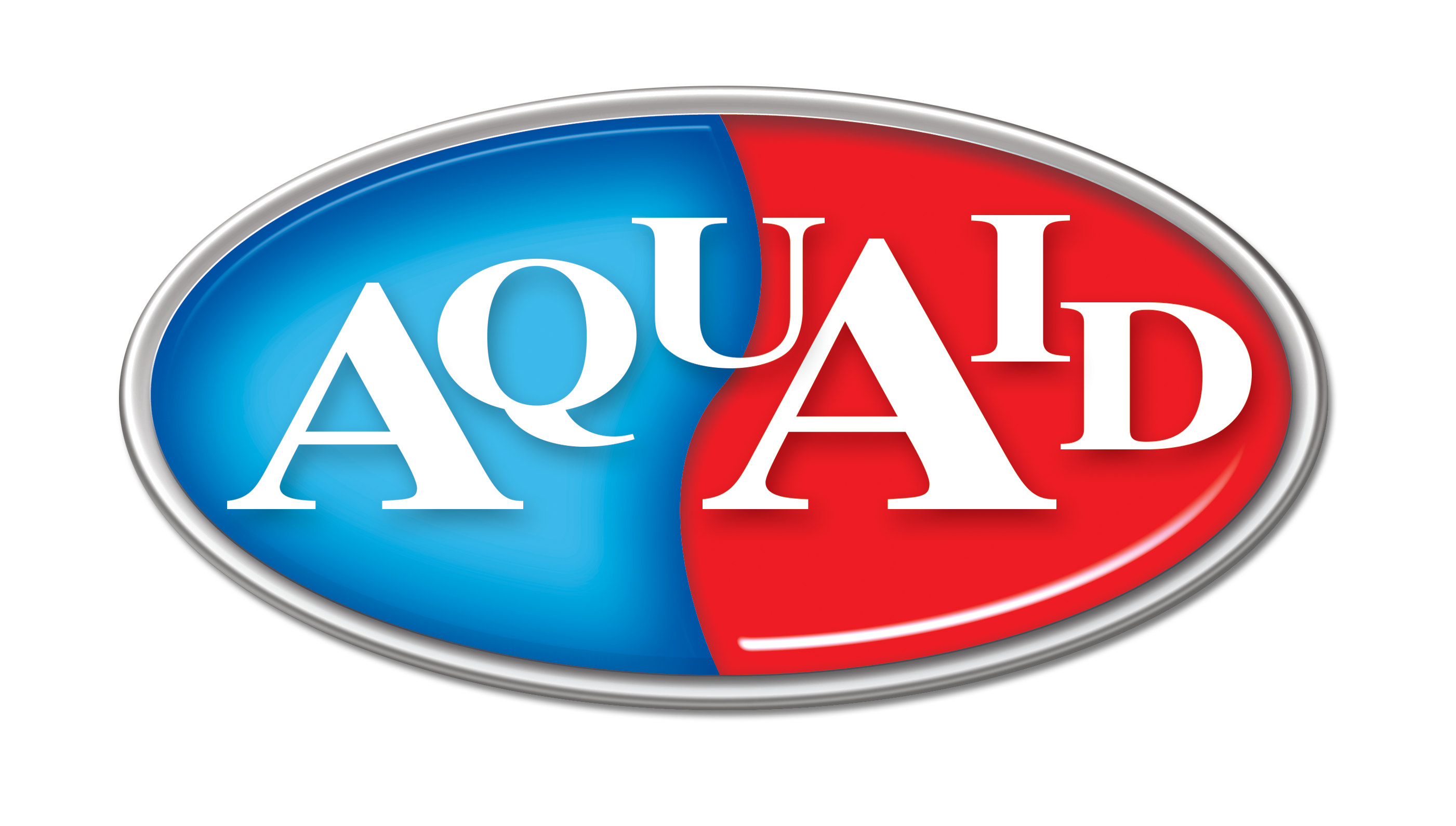
by Belinda Ollewagen | Jan 8, 2019 | water cooler, water dispenser
We often talk about our carbon footprint – it’s a concept we’re familiar with out of necessity, because so much of what we do, or don’t do, affects our climate globally. But the same concept can be applied to water, whether it’s water out of the watercooler, irrigation water or washing water – nearly everything we do or consume is touched by water in some way and so it too has a footprint.
Building on the notion of virtual water first introduced by Professor Tony Allan in 1993, Professor Arjen Hoekstra in 2002 created the water footprint – a way of measuring how much water is consumed in the production of goods and services along the entirety of the supply chain. In the mid 2000’s global big-brand companies became more and more aware of their dependence on water and the water-related risks they faced, which in turn inspired Hoekstra in 2008 to create the Water Footprint Network – a gathering of the brightest minds dedicated to showing how Water Footprint Assessment can help us move forward and overcome the challenges of unsustainable water use.
Their vision: ‘A world in which we share clean fresh water fairly amongst all people to sustain thriving communities and nature’s diversity.’
Their mission: ‘To use the water footprint concept to promote the transition toward sustainable, fair and efficient use of fresh water resources worldwide.’
So what can we do in our personal capacity to reduce our water footprint you might ask? Well there are two ways we can make a difference – directly and indirectly.
Directly we can reduce our own consumption by installing water-saving devices in our homes; we can make small changes like closing the tap while we brush our teeth; and we can use less water in our gardens.
Indirectly we have two options: we can change what we consume – for example a shift from eating meat to becoming vegetarian, drinking tea instead of coffee, or better yet visiting the water dispenser more often and just drinking more plain water; or if these shifts seem too extreme, we can stay with what we consume, but choose those products (the cotton, beef or coffee) that has a lower water footprint. But this requires that we know more about the relevant products, and manufacturers aren’t always as forthcoming as they should be, so this is something else consumers can do – we can drive more transparency from the various key players.
Every action we take has a consequence – so let’s be sure to make it a positive one!

by Fern Shaw | Jan 31, 2017 | mains fed water cooler, water cooler, Water Coolers, water dispenser
- Eco-Friendly
By using a water cooler dispenser, you are helping to protect our environment. We use billions of individual plastic water bottles each year and millions end up in our rubbish each day. By drinking water from a reusable water bottle and refilling our water bottles with a water cooler, we can significantly reduce this number. This means that you can still enjoy the convenience of having water with you at all times and be safe in the knowledge that you are lessening the harmful impact on the environment.
- Saves money
While the upfront cost of purchasing a water cooler can be a bit more costly initially, over time you can expect to see significant savings. Water coolers offer an economical way to drink more water. Instead of purchasing many disposable water bottles, you can save money by buying large bottles for your dispenser. If you’re using a mains fed water cooler dispenser, you can also expect to see significant savings.
- Perfect Temperature
Attractive AppearanceMany water dispensers come with hot and cold water taps. The cold water is perfect for a refreshing glass of water. The hot water tap offers a quick and convenient way to make tea, coffee, soup, hot chocolate or tea. Some units also come with a room temperature water tap for added convenience.
When most of us imagine a water cooler, we only picture a white plastic unit that isn’t the most appealing and won’t complement our kitchen, reception or office areas. Fortunately, this stereotype is no longer true. AquAid’s range of water coolers are available in a wide variety of shapes, sizes and materials. Common finishes include black, white, silver and stainless steel.
- Perfect Size
If you’re concerned about where you would put a new water cooler, you don’t need to worry. Water coolers come in several shapes and sizes, so you can choose a unit that’s sure to fit perfectly in your space. Common models include a free-standing water cooler or a desktop (countertop) water cooler. Free-standing units are typically larger and are better suited for use in areas where there is more floor space. In contrast, desktop (countertop) water dispensers are usually more compact and are ideal for use in smaller spaces.
Look out for Part II to read about the other benefits a water cooler brings for you.

by Fern Shaw | Oct 11, 2016 | mains fed water cooler, Water, water cooler, Water Coolers
AquAid has been in the business of providing water coolers for near on two decades. This means we have a wealth of experience in fulfilling your water and water cooler requirements, ranging from:
AquAid provide water coolers and services to more than 30 000 customers throughout England, Ireland and Scotland.
We continue to ensure the provision of the correct water cooler solutions to our customers, coupled with services that include;
Fortnightly delivery plus our exclusive emergency next day delivery, free of charge;
Ongoing water cooler maintenance by AquAid trained and experienced engineers;
Keeping your AquAid local and in doing so, keeping it ‘green’.
There are 29 AquAid depots across the length and breadth of the UK. This means a smaller carbon footprint in the delivery of our water coolers, bottled water deliveries and your water cooler maintenance.
If you’d like more information on AquAid Water Coolers, our range of products and services that we offer, please either contact us here or telephone us on 0800 772 3003 – we be delighted to assist you.

by Fern Shaw | Sep 16, 2013 | water cooler, Water Coolers
The Small(er) Version
Today, we’re going to be looking at the svelte version of the Big Boys.
This little wonder is called a Desktop Plumbed-In Water Cooler.
If you are short on space but want to enjoy the cost-saving benefits of a plumbed in water cooler, these desktop units are the answer. Compact and elegant, this water cooler and water dispenser connects straight to your mains supply, using a unique Doulton drinking water filter that produces a chilled and refreshing taste equal to that of bottled water.
Plumbed in water dispenser – cut your costs
Without the need to order supplies of bottled water, and instead relying on your standard supply, a plumbed in water cooler can cut your costs considerably.
Not only do these plumbed in water coolers save you money, they also save you space and effort. There’s no need to store and replace large water bottles and one annual invoice reduces your administration.
Desktop Plumbed In water cooler – features:
- 1 annual invoice, eliminating the administration involved with some bottled-water suppliers
- No more running out of water
- No more need to store big water bottles
- Available as either Hot and Cold or Cold and Room Temperature
- Unique ‘Doulton’ drinking water filter
- High quality stainless steel tank
- Adjustable thermostat for accurate temperature control
- Noiseless circuit in compact design
- Function indicating LED lamps
- Extremely compact
So, there you have it in a nutshell or rather, a water cooler. Oh, and did you see the bit about Hot and Cold or Cold and Room Temperature too? Pretty nifty don’t you think?
Please feel free to contact us, we’ll be delighted to assist you in the correct water cooler solution.

by Fern Shaw | Jul 26, 2013 | Charity, Health and Hydration
AquAid is all about water, hydration and water coolers, and most importantly, supporting sustainable charities.
Kidney Research UK is all about funding research aimed at finding better treatments, and ultimately a cure, for kidney disease. They have over £10.1 million invested in research at any one time, awarding grants to doctors, nurses and researchers across the UK. They also campaign for better patient access to renal services and are dedicated to raising awareness of kidney disease.
 As AquAid is constantly looking at ways to increase awareness about how important keeping our vital organs hydrated is, we chose to supply this year’s Kidney Research U.K. London Bridges Walk with a rather fabulous bank of bottle fed water coolers – to keep the energetic walkers well hydrated! This amazing walk covers a route of approximately 7 miles, and takes you over some of London’s most famous bridges.
As AquAid is constantly looking at ways to increase awareness about how important keeping our vital organs hydrated is, we chose to supply this year’s Kidney Research U.K. London Bridges Walk with a rather fabulous bank of bottle fed water coolers – to keep the energetic walkers well hydrated! This amazing walk covers a route of approximately 7 miles, and takes you over some of London’s most famous bridges.
There were 1 190 people who took part in this year’s event on 14th July 2013 and understandably, with the glorious sunny weather, there was many a thirsty walker whose eyes lit up when they saw the cool drinking water.
The event was a great success and they were joined by celebrities Nina Wadia and Nadia Sawalha, both well known for having starred in the popular soap EastEnders, along with DJ Oliver Scott from Star Radio, Cambridgeshire and fitness instructor Julia McCabe.
Have water, will walk!






 As AquAid is constantly looking at ways to increase awareness about how important keeping our vital organs hydrated is, we chose to supply this year’s Kidney Research U.K. London Bridges Walk with a rather fabulous bank of
As AquAid is constantly looking at ways to increase awareness about how important keeping our vital organs hydrated is, we chose to supply this year’s Kidney Research U.K. London Bridges Walk with a rather fabulous bank of